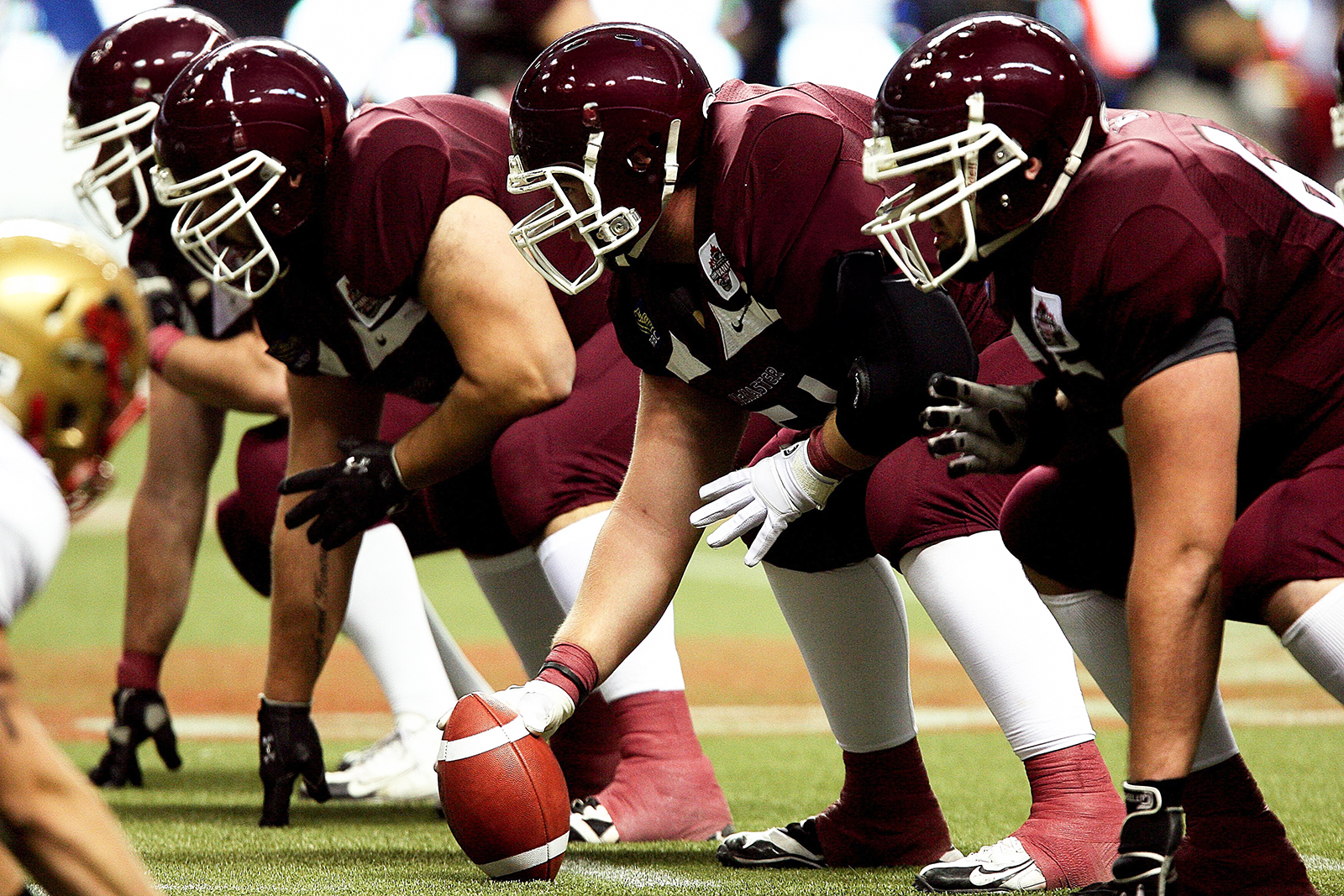
Concussion management is evolving and physical therapy can speed up recovery for a faster, confident return to the game.
Concussion treatment and management has changed a lot in the last 10 years. It used to be that doctors would tell you to stay awake, sit in a dark room and avoid any type of mental, physical, or emotional exertion until your symptoms went away.
However, that contradicts how the body recovers.
- Sleep is essential for healing.
- Your body craves movement and needs to move to heal.
- A gradual approach back to activity is more effective than going from complete rest to normal activity.
There is no evidence that complete rest beyond three days in adults is beneficial. Children and teens do require more cognitive and physical rest in the beginning but will respond well to a gradual reintroduction of activity too.
Modifications for going back to work or school:
- Ask for extensions on deadlines, tests, or homework.
- Work in small intervals. Start with 20 or 30 minutes at a time. Take screen breaks.
- Change phone or computer screen background to dark mode if you’re sensitive to light.
- Change the font on your phone and computer to large font so you don’t have to strain your eyes.
- Limit naps to one hour and not more than one per day.
- Try to maintain consistent and regular sleep and wake cycle.
- Once symptom free at rest, start daily light exercise like walking.
- Slowly increase activity level as you are able.
Typical recovery from the physiologic concussion can last from just a few days to 6 weeks (sometimes longer) depending on age, sex, severity, and history of concussions.
Symptoms such as lightheadedness, headache, head pressure or “fullness” of the head that come on with exertion typically indicate that the concussion is not resolved and it is too soon to return to sport. Persistent symptoms past that six week mark should be further investigated by a professional. Those symptoms include:
- Headaches that start at the base of the skull, neck muscle tenderness and/or neck spasm and stiffness -> a possible sign of neck injury sustained during the concussion.
- Eye discomfort, difficulty focusing the eyes, blurred vision and dizziness -> signs of possible inner ear injury sustained during the concussion.
Getting started on physical therapy early will not only mean moving faster through recovery; it also means that persistent symptoms that might not be from the concussion can be addressed sooner. Plus, professional guidance through concussion recovery will help you feel confident you are progressing appropriately.
For more info on how physical therapy can help with concussion recovery, contact Juliana at juliana.jordan@proximal50.com or call 701-751-2974 to set up a consult with Juliana.

